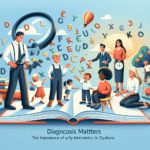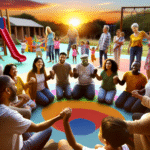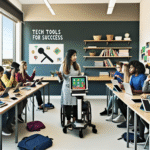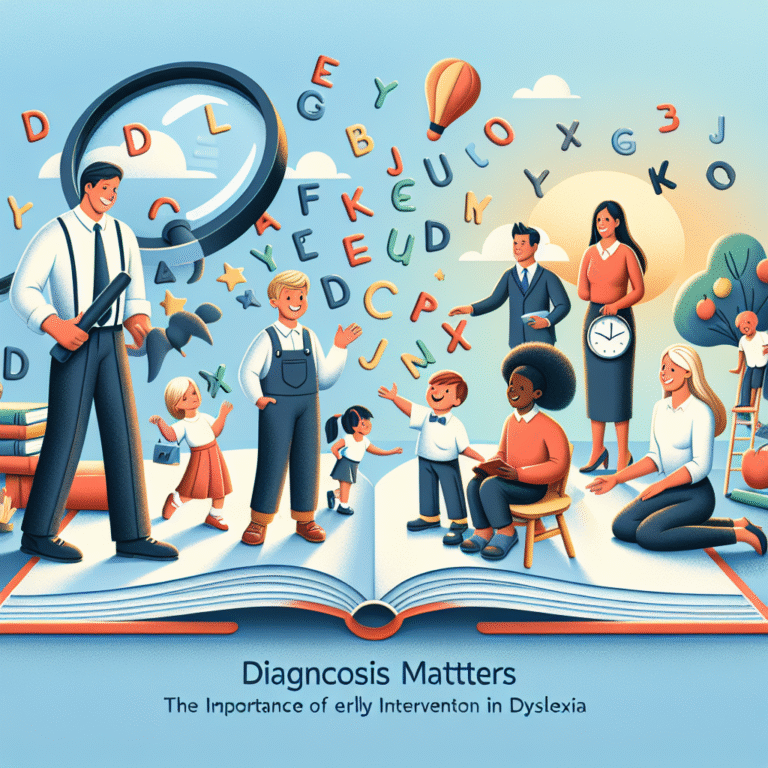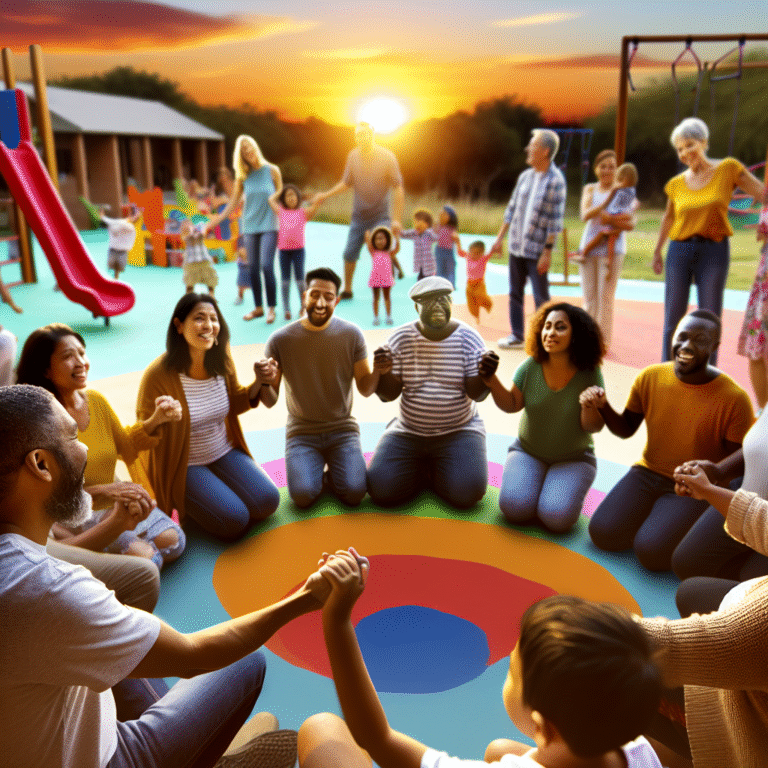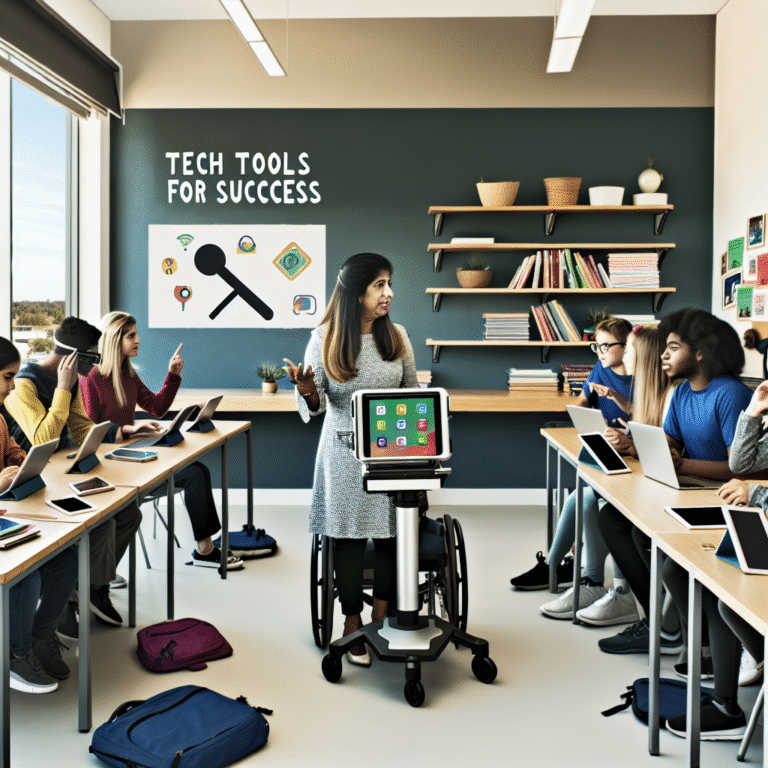
Introduction
In a world that is increasingly interconnected, bilingualism is more than just a valuable skill; it is a doorway to cultural understanding and cognitive enhancement. Navigating the Nuances: Strategies for Supporting Bilingual Development at Home serves not just as a guide for parents but as a vital resource for educators and caregivers alike. The benefits of raising bilingual children extend beyond mere language acquisition; they also encompass cognitive flexibility, enhanced problem-solving skills, and improved academic performance.
Imagine a home where both languages coexist seamlessly, enriching the family dynamic and preparing children for an increasingly globalized world. This article offers actionable insights and relatable case studies that will empower families to foster strong bilingual skills in their children.
Understanding Bilingualism
What Does Bilingualism Mean?
Bilingualism can be defined as the ability to communicate proficiently in two languages. It’s not merely about speaking both languages; it also involves understanding cultural nuances and contexts. Here are some key types to consider:
| Type | Definition |
|---|---|
| Simultaneous Bilingualism | Acquiring two languages from birth or early childhood. |
| Sequential Bilingualism | Learning a second language after establishing proficiency in the first. |
The Language Environment at Home
Creating a language-rich environment at home can significantly affect a child’s bilingual development. Research, including studies from the American Speech-Language-Hearing Association, shows that the home environment significantly influences language acquisition.
Strategies for Supporting Bilingual Development at Home
1. Establish a Language Plan
The One Person, One Language (OPOL) Approach
One effective strategy for navigating the nuances: strategies for supporting bilingual development at home is the One Person, One Language (OPOL) approach. This method involves assigning one language to one parent or significant caregiver, which helps children differentiate between languages.
Case Study: The Rodriguez Family
Maria speaks Spanish while her partner, John, speaks English. They found that their daughter, Sofia, naturally switched between languages based on who she was conversing with. This strategy led to a harmonious bilingual household.
2. Incorporate Daily Language Activities
Bilingual Storytime
Regular reading is crucial. Integrate bilingual books or read one book in each language.
| Activity | Language 1 | Language 2 |
|---|---|---|
| Storytime | "La Casa en Mango Street" | "The House on Mango Street" |
3. Engage in Cultural Experiences
Celebrating Festivals
Incorporate cultural celebrations from both languages into your family traditions. This not only strengthens language skills but also fosters an appreciation for cultural diversity.
Case Study: The Kim Family
The Kims celebrate both Lunar New Year and Thanksgiving, using both Korean and English during festivities. Their children have become culturally aware and proficient in both languages.
4. Use Technology Wisely
Language Learning Apps
Technology can be a significant ally. Utilize language-learning apps like Duolingo or Rosetta Stone.
| App | Features |
|---|---|
| Duolingo | Fun, gamified language learning experience |
| Rosetta Stone | Immersive approach focusing on context and visual learning |
5. Create a Routine
Daily Language Schedule
Establish a language routine at home. Consistency can be as effective as intensity when it comes to bilingual development.
Example Routine:
| Day | Morning | Afternoon | Evening |
|---|---|---|---|
| Monday | English Storytime | Spanish Playdate | Family Dinner (Spanish) |
| Tuesday | Spanish Music Hour | English Art Class | Spanish Movie Night |
The Role of Community
Engaging with community resources can provide additional language exposure. Consider enrolling your child in bilingual programs or finding local cultural groups.
Case Study: The Martinez Family
The Martinez family joined a bilingual playgroup in their community. This not only provided language exposure but also fostered friendships that helped their bilingual skills flourish.
Challenges and Solutions
Common Challenges in Bilingual Development
Language Dominance
- Some children naturally gravitate towards one language.
- Solution: Balance exposure and encourage practice in the less dominant language.
Limited Exposure
- Busy lifestyles may limit language exposure.
- Solution: Create a bilingual-friendly environment at home, utilizing everyday activities.
- Pressure of Language Proficiency
- Children may feel stressed about switching languages.
- Solution: Reassure them that making mistakes is part of the learning process.
Encouraging Self-Motivation in Bilingual Development
Celebrating Progress
Recognizing and celebrating milestones can help motivate children. Use stickers or small rewards for language goals achieved. For example:
| Milestone | Reward |
|---|---|
| First full conversation | Bilingual storybook |
| Successful language switch | Day out to a cultural event |
Maintain a Positive Attitude
Children are mirrors of their parent’s attitudes. A positive approach will instill a love for languages.
Conclusion
Bilingual development at home can be a fulfilling journey. By navigating the nuances: strategies for supporting bilingual development at home, parents can create a robust environment where both languages thrive.
To parents and caregivers: Embrace the challenges and celebrate the victories! An investment in your child’s bilingual future is an investment in their cognitive and cultural richness.
FAQs
1. How can I ensure my child learns both languages equally?
- Balance exposure through activities and interactions in both languages.
2. Is it too late to start teaching my child a second language?
- It’s never too late! Children can start learning at any age with the right resources and encouragement.
3. What if my child prefers one language over the other?
- Encourage use of the less preferred language through fun activities, such as games or music.
4. How can I incorporate bilingualism into our daily routine?
- Create a schedule that includes dedicated times for each language in various activities.
5. Are there professional resources available for multilingual families?
- Yes! Look into local language classes or tutoring services designed for bilingual development.
By understanding and implementing these strategies, you’ll find that supporting bilingual development at home isn’t just possible—it can be a joyful experience!










